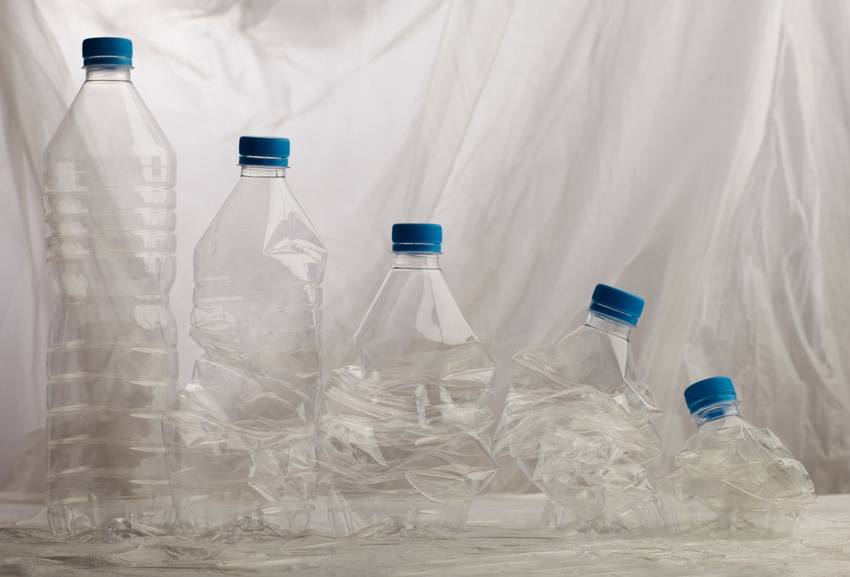3 ways businesses can reduce plastic packaging
November 21, 2019

In today’s cost-conscious and eco-aware world, businesses are looking to control costs but still produce and use ethical, ecological packaging. Are you one of them? If so, look at these suggestions for keeping both sides of the equation in line with current practices, without putting your budget in jeopardy.
Sticking to budget constraints while using sustainable packaging need not be a mind-boggling exercise. All it needs is a bit of research to source packaging or materials that not only suit your needs but are part of a conscious effort to combat plastic pollution throughout the world.
Plastic packaging is not your only option. Consider these three ways of cutting down on plastic—particularly single-use plastic—and doing “your bit” to make our environment a safer place to live.
1. Consider paperboard packaging
Paperboard is a viable option—it’s biodegradable, can be ethically sourced, and used in various thicknesses and designs to adequately protect most products. Paperboard also takes less time to degrade than any traditional plastic on the planet.
Another important factor is that it can be used in smaller quantities if you correctly size your boxes. Too many companies use large boxes for small items, thereby having to fill them with copious amount of fillers—usually plastic orientated. Mixed pallets of various sized boxes will almost certainly suit most if not all your products.
2. Use biomaterials
On the increase are packaging options using plant- or food-based materials. Food items such as cornstarch or tapioca root are commonly used to provide packaging materials, but there are other items—such as mushrooms and seaweed—that are rapidly becoming alternatives to plastic products.
A more established biomaterial for packaging is polylactic acid, made from renewable resources such as sugarcane. PLA is not a cheap method of packaging, but is certainly a viable and sustainable product.
Of course, there are shelf life issues, so best to check out the length of your manufacturing processes and supply chain before committing to this.
3. Make your own packaging
3D printers are on the increase, and can be operated with a choice of materials, including plastics made of plant or food waste.
This option does require an initial investment but, once in place (even if secondhand or on a trial basis), you will be able to create your own packaging using high-quality recyclable materials, which you can custom build to size and design. Additive manufacturing often enables developers to design parts or packages that use significantly less material than when using traditional manufacturing methods.
Whatever method you use, even if your company can save something on packaging at the same time as cutting down on plastic usage, it’s your way of telling the world you are doing something about it. Let customers know too—they will understand and appreciate it, potentially increasing your orders and combatting any increased costs.
Whichever option you choose, you’ll be cutting down on single-use plastic and giving consumers what they say they want today: non-plastic packaging options.
____________________________________________________________________________________________
About the Author(s)
You May Also Like



